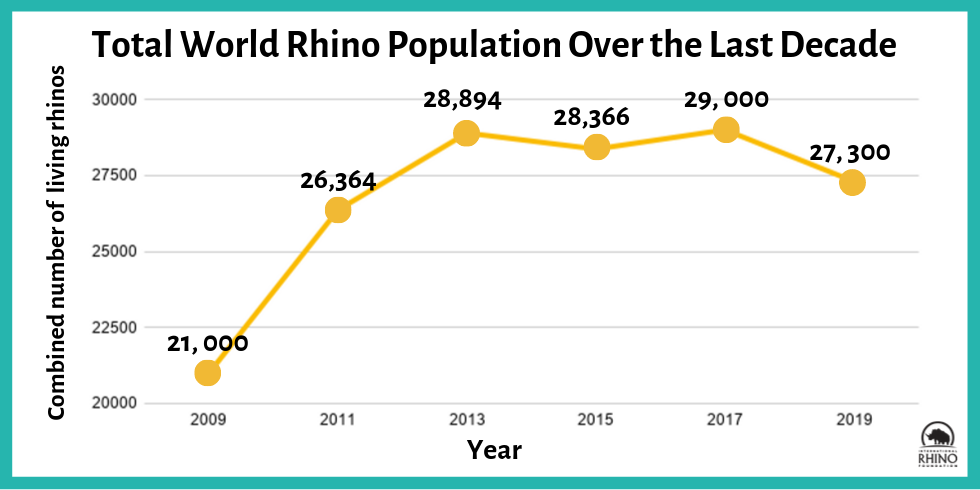

The incredibly rare Javan and Sumatran rhinos live almost exclusively on their namesake islands. Black and white rhinos are native to east and southern Africa and the greater one-horned rhino lives in India and Nepal. And the return of travel after the COVID-19 pandemic should help the situation too! So, read on to find out more about how wild rhino populations are doing in 2023.įirstly, it’s important to know that there are actually five distinct rhino species. Luckily, there are many dedicated people and organizations working on rhino conservation. But rhinos also suffer desperately from the action of mankind. The rhino is an incredible creature and one that fuels travel around the world as people flock to catch a glimpse of this iconic species in national parks. A member of the famous Big Five in Africa but unfortunately also targeted by poachers for its ivory horn. Images of two adult specimens with their young captured with a motion-activated camera were released on Februby WWF and the National Parks Authority of Indonesia, thus proving that the species is still reproducing in the wild.It’s one of the world’s most iconic and recognizable animals. Consequently, the Javan rhino is the least studied rhino species. Researchers rely on photo traps and fecal samples to assess health and behavior. Only rarely do scientists and conservationists manage to study the animal directly, given its extreme rarity and the danger of interfering with such an endangered species. The Javan rhino generally avoids humans, but can attack when threatened. It mainly leads a solitary life, except for the period of courtship and breeding of the chicks, even if more specimens can occasionally aggregate near mud pools and salt outcrops.Įxcluding humans, adults have no predators in their range. In the past, it populated lowland rainforests, humid grasslands, and vast floodplains. The Javan rhino can live in the wild for up to about 30-45 years. The subsequent destruction of its habitat, especially due to wars, such as the Vietnam War, in Southeast Asia contributed to the decline of the species and prevented its recovery. The decline of the Javan rhino is attributed to poaching, especially for the horn, particularly in demand in traditional Chinese medicine, which can reach $ 30,000 per kg on the black market. Javan rhino: the situation at the beginning of 2022 It is perhaps the rarest large mammal in the world, with a population of just 58-61 in Ujung Kulon National Park in the western end of Java in Indonesia. The species is seriously threatened: there remains a single known population in nature and no individuals in captivity. In fact, once the most widespread among the Asian rhinos, the Javan rhinoceros occupied an area that reached India and China from the islands of Java and Sumatra, through Southeast Asia. However, if humans are the main threat to this beautiful animal, the climate crisis will also affect its existence. Only adult males possess horns females are completely devoid of it.

Its horn usually measures less than 25 cm in length, and is therefore smaller than that of other rhino species. The Javan rhino is a very rare member of the Rhinoceros family and one of the five extant rhino species. The species is endangered, critically endangered in the IUCN Red List.


 0 kommentar(er)
0 kommentar(er)
